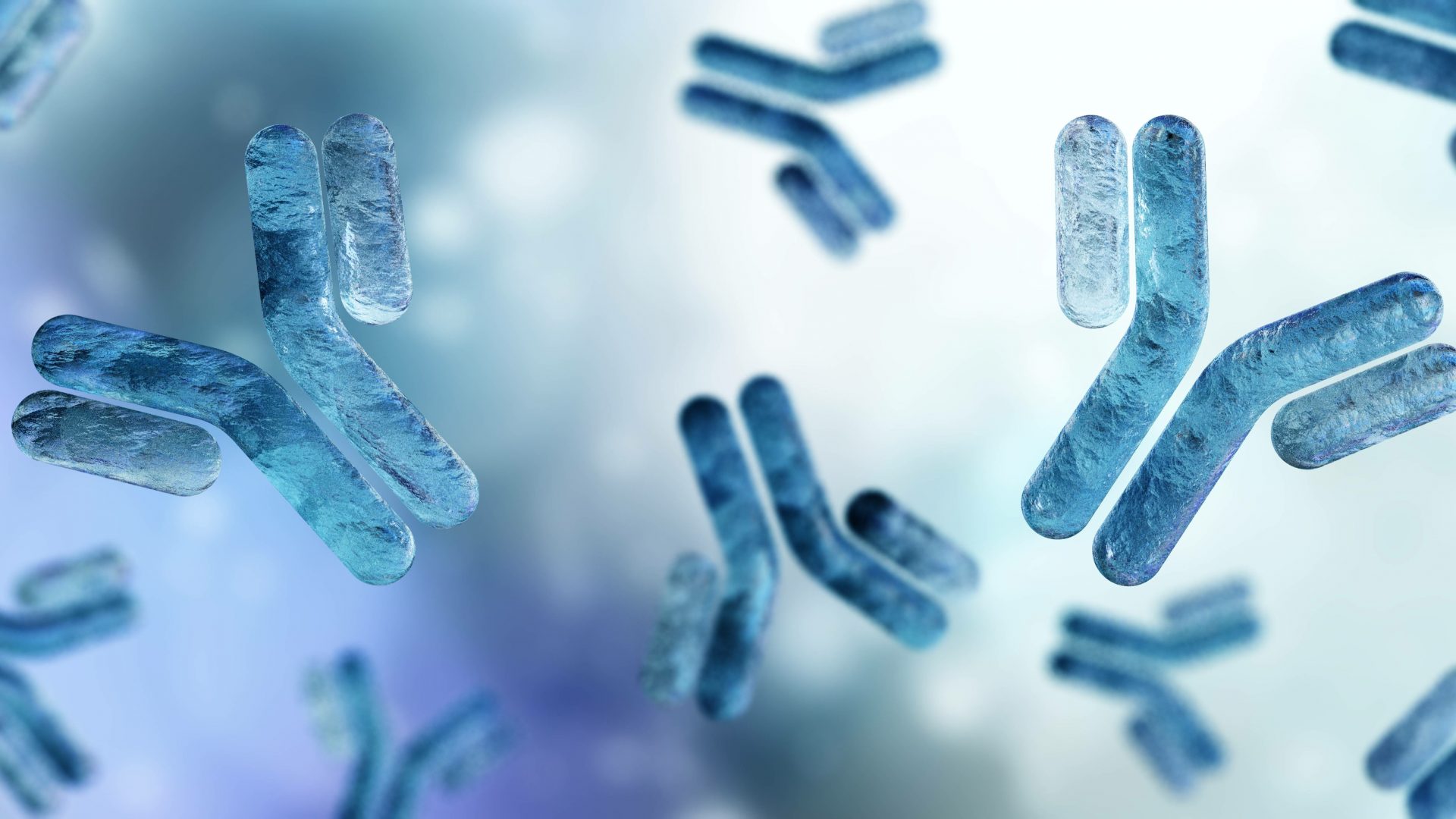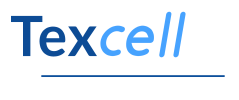
Monoclonal Antibodies
Monoclonal antibodies (mAbs) are typically expressed in murine cell lines (e.g. CHO cell lines) which have been shown to present a risk for production of endogenous retrovirus. The cell lines used to produce mAbs are subjected to rigorous testing aimed at detecting, characterizing, and quantifying potential viruses present in master and working cell banks. Additionally, murine cells lines are susceptible to contamination by viruses such as minute virus of mice (MVM or MMV) that could be present in raw materials. Care is taken in the selection and quality auditing of raw materials sourced for manufacturing, and facility and operational controls are put in place to mitigate virus contamination.
According to the new ICH Q5A Revision 2, “the risk of viral contamination is a concern for all biotechnology products derived from cell lines and needs to be reduced, because such contamination could have serious clinical consequences. This risk can arise from the contamination of the source cell lines themselves (cell substrates) or from exogenous introduction of adventitious virus during production.” Monoclonal antibodies are the most well understood biologic and have been a focus of the ICH guidance’s for over 30 years.
Viral clearance assessment of a monoclonal antibodies (mAB) is one of the three approaches used to reduce the risk of viral contamination of biotechnology products. Other approaches include selecting and testing cell lines and raw materials for the absence of infectious virus contaminants and testing of the product throughout manufacturing to demonstrate the absence of contaminating infectious viruses.
When designing the approach for viral clearance assessment of a monoclonal antibodies (mAB), the model viruses selected for the evaluation of mAb manufacturing processes typically include xenotropic murine leukemia virus (XMuLV) as a model of endogenous retroviruses and MVM as a model of adventitious virus. These two viruses are often included in viral clearance studies that support first in human or Investigational New Drug (IND) studies because they represent different virus characteristics. XMuLV is a larger enveloped RNA retrovirus that is more susceptible to virus inactivation and MVM is a small non-enveloped DNA virus that is more resistant to virus inactivation and removal by typical mAb manufacturing processes. Two additional viruses are typically evaluated to support the safety assessments for later stage manufacturing (e.g. phase 3, Biological License Application [BLA], Marketing Authorization Application [MAA], clinical or commercial manufacturing).
The objective of the viral clearance assessment for monoclonal antibodies (mABs) is to demonstrate the capability of a manufacturing process step for removing and/or inactivating viruses. The manufacturing processes for mAbs are well established and typically include two processes that are dedicated for virus reduction in addition to chromatography processes aimed at purifying the mAb which also may contribute to virus reduction. The two dedicated virus reduction processes are virus inactivation and virus filtration because these processes have been shown to provide effective viral clearance with reproducible virus reduction of 4 log10 or greater.
For monoclonal antibodies (mAb) processes, low pH treatment and detergent treatment processes are typically used to inactivate enveloped viruses rendering them non-infectious. Low pH treatment may be a convenient option for virus inactivation because the elution conditions for the capture chromatography (often using protein A affinity media) are low pH in pH ranges amendable for envelope virus inactivation. Solvent-detergent or detergent treatment processes may be included in mAb manufacturing when the mAb may be susceptible to protein degradation when exposed to low pH conditions.
Virus filtration of monoclonal antibodies is performed using nanofilters manufactured for virus removal. Removal is achieved using membranes that allow for desirable throughput of the mAb-containing manufacturing intermediate while retaining viruses. Virus filters that remove small non-enveloped parvoviruses are typically selected for mAb processes.
The chromatography processes for monoclonal antibodies (mABs) included in manufacturing may also provide effective (4 log10 or greater) or supportive (1 – 3 log10) virus reduction. Anion exchange (AEX) or mixed mode chromatography may provide effective virus removal. Other modes of chromatography such as affinity (protein A) chromatography, cation exchange (CEX) chromatography, and hydrophobic interaction (HIC) chromatography may provide supportive virus reduction. The effectiveness of viral clearance for chromatography columns or membranes will depend on the process conditions (e.g. buffer pH and salt concentration) and other manufacturing parameters that will influence virus partitioning (removal in washes or strips) and co-purification with the mAb.
Viral clearance results for individual process steps are summarized and used to calculate the cumulative viral clearance offered by the manufacturing process. In summing the clearance of the individual process steps, it is important to establish that individual processes provides orthogonal mechanisms of virus reduction. For example, the typical protein A chromatography process uses low pH buffers to elute the mAb from the column at pH values that would also inactivate enveloped viruses. The shared mechanism of virus inactivation for a dedicated low pH treatment step and the inactivation of enveloped viruses during the elution phase of the protein A column would not provide unique virus reduction capability. In this example, a quantitative PCR assay (a virus quantitation method not based on measuring infectious viruses) is commonly used to measure titers of enveloped viruses for protein A chromatography viral clearance studies. A monoclonal antibodies (mAbs) manufacturing process will typically have at least two orthogonal process steps that provide effective virus reduction (4 log10 or greater) for XMuLV and for MVM.
A virus safety factor or virus safety margin for the monoclonal antibodies (mAb) manufacturing process is determined using the cumulative viral clearance calculated for XMuLV, the estimated or measured quantity of retrovirus-like particles determined from transmission electron microscopy (TEM) for the cell culture process, and by calculating and comparing the amount of virus to which a patient would be exposed without and with viral reduction from the downstream manufacturing process. As an example, a mAb manufacturing process that provides a greater than 6 log10 safety factor translates into less than one infectious virus particle per dose of mAb.
Viral clearance studies for first-in-human clinical candidate monoclonal antibodies (mAbs) typically include the assessment of the dedicated virus inactivation and virus filtration process in addition to one to three chromatography processes. Viral clearance is evaluated for XMuLV and MVM for all but the virus inactivation process where only XMuLV is assessed. For late-stage viral clearance studies (to support the manufacture of phase III studies and commercial manufacturing), two additional viruses are typically evaluated: one envelope virus (e.g. pseudorabies virus) and one non-enveloped virus (e.g. Reovirus Type 3) that widen the characteristics engendered by XMuLV and MVM (complementary genome classification, size, chemical resistance).

